Make a donation to the museum
Learn and Explore from Home
The 9/11 Memorial & Museum offers you the opportunity to share in our commitment to commemorate the victims of the 9/11 and 1993 attacks, honor the courage of the first responders, and learn about the attacks and their aftermath through a host of online resources.
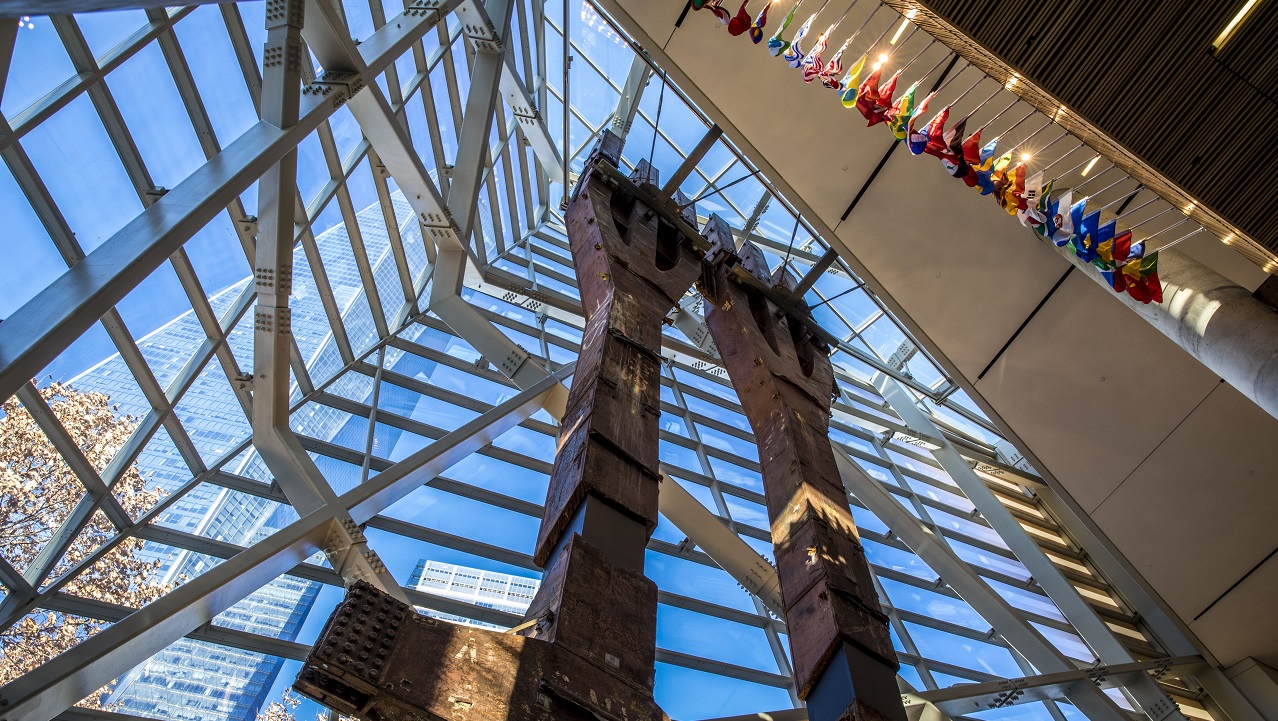
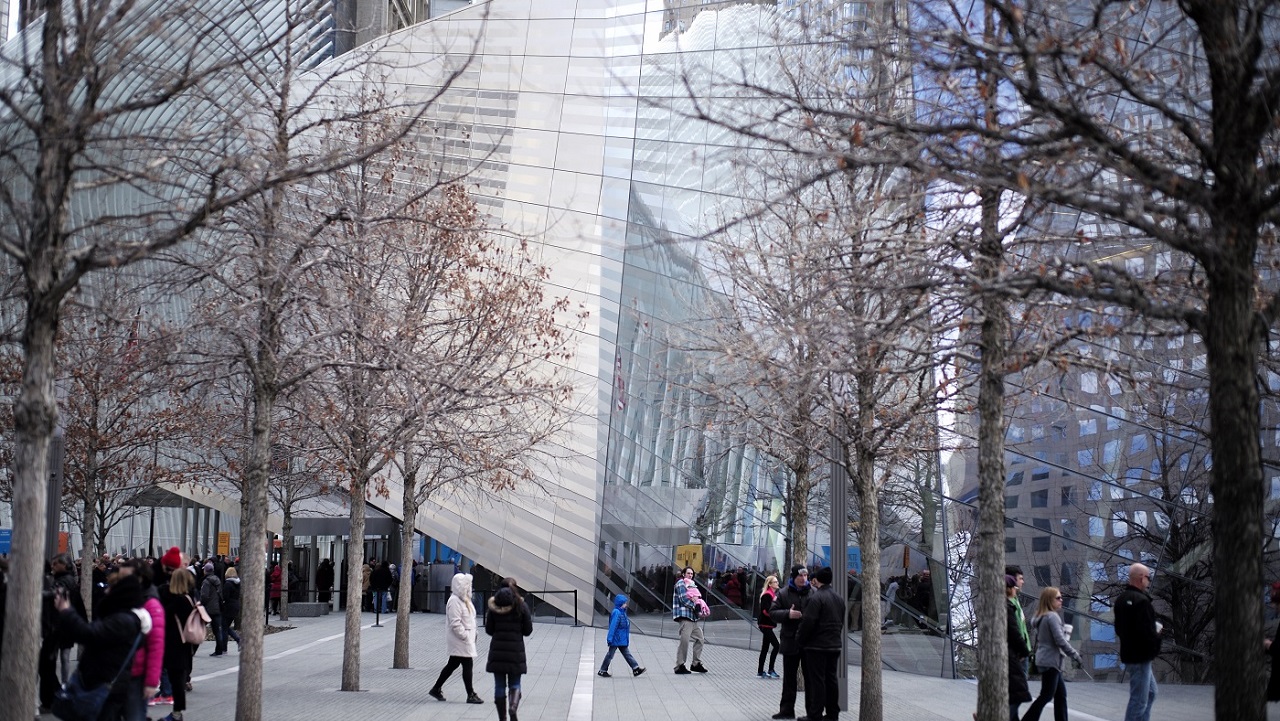
Interactive Museum Experience
Explore the 9/11 Memorial Museum through this interactive video experience selecting different paths through the Museum’s vast spaces and exhibitions.
Activities at Home
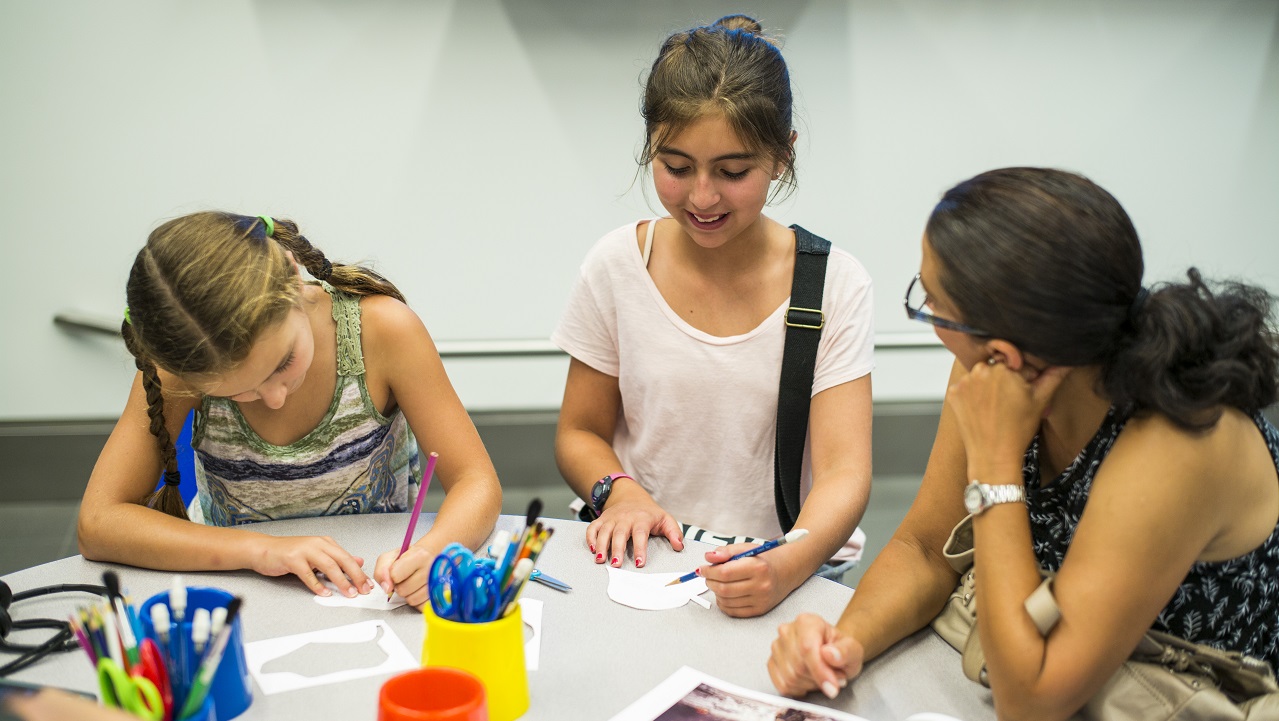
Inspired by the 9/11 Memorial & Museum’s Activity Stations, these simple, collaborative activities offer step-by-step instructions for you to create your own artwork with materials you have at home.
Anniversary Digital Learning Experience Archive
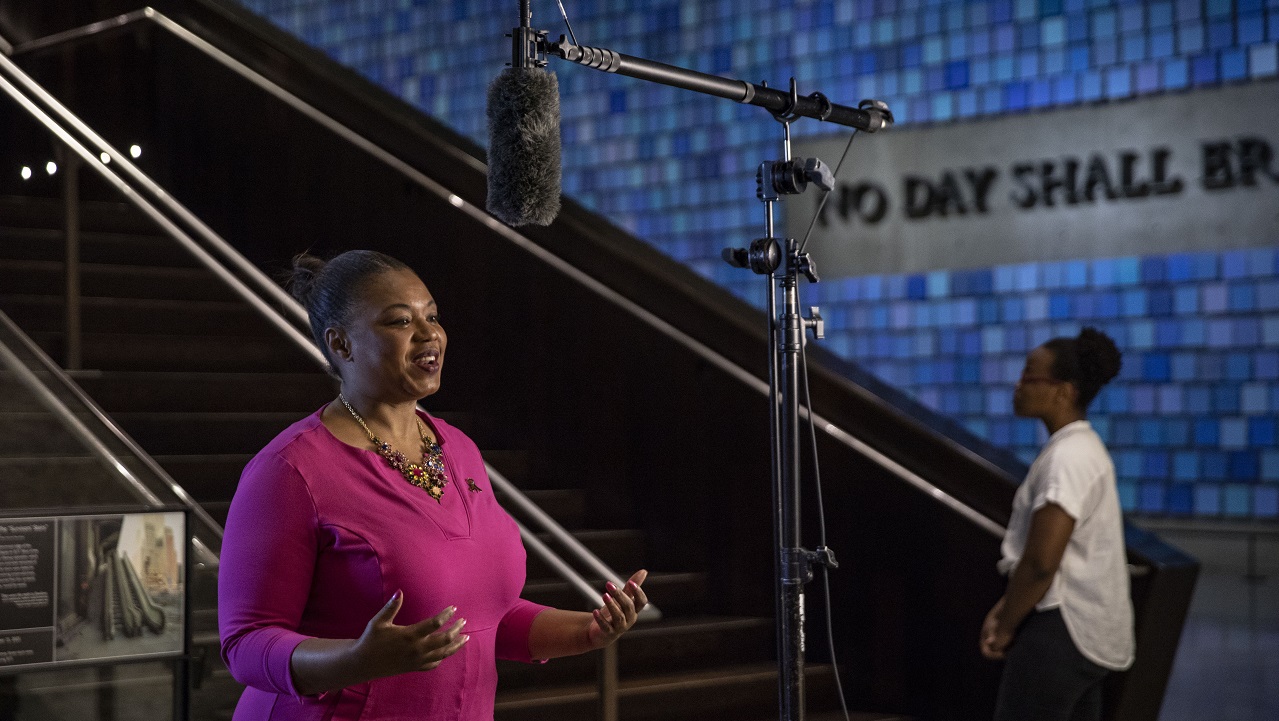
Search and browse our past Digital Learning Experience archives, featuring past years' programs and participants who share their first-person accounts of the attacks and their aftermath.
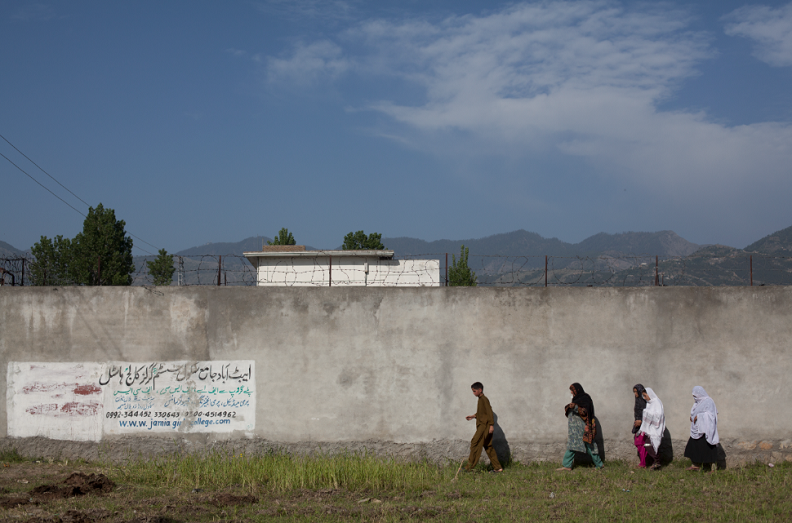
Osama bin Laden’s compound in Abbottabad, Pakistan, days after the raid, May 3, 2011. Collection 9/11 Memorial Museum, Gift of Warrick Page for the New York Times.
Revealed: The Hunt For Bin Laden Online
This online collection of stories was adapted from the 9/11 Memorial Museum’s special exhibition Revealed: The Hunt for Bin Laden. The supporting lesson plans explore what the U.S. government knew about Osama bin Laden and al-Qaeda in the years prior to the 9/11 attacks, and what our government was doing during the nearly 10-year period between 9/11 and the 2011 raid to find bin Laden.
Response Art from Inside the Collection
In the aftermath of September 11, 2001, people around the United States and the world struggled with how to comprehend and respond to the attacks. Many turned to artmaking to honor the victims and mentally process the tragedy. This gallery showcases sculpture, painting, video, drawing, and collage works that offer a lens through which to interpret the events surrounding the attacks.
Mission to Remember: Conserving Objects
From handwritten notes on scraps of paper to massive beams of World Trade Center steel, each item in the Museum's collection has a unique story to contribute to the narrative of 9/11. Furthermore, our conservators face the challenge of preserving significantly damaged objects whose meaning is often found in the damage itself. Learn more about our conservation efforts in our Mission to Remember video series.
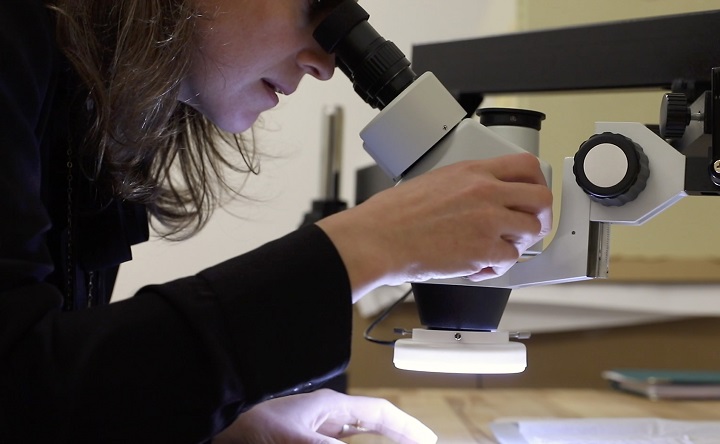
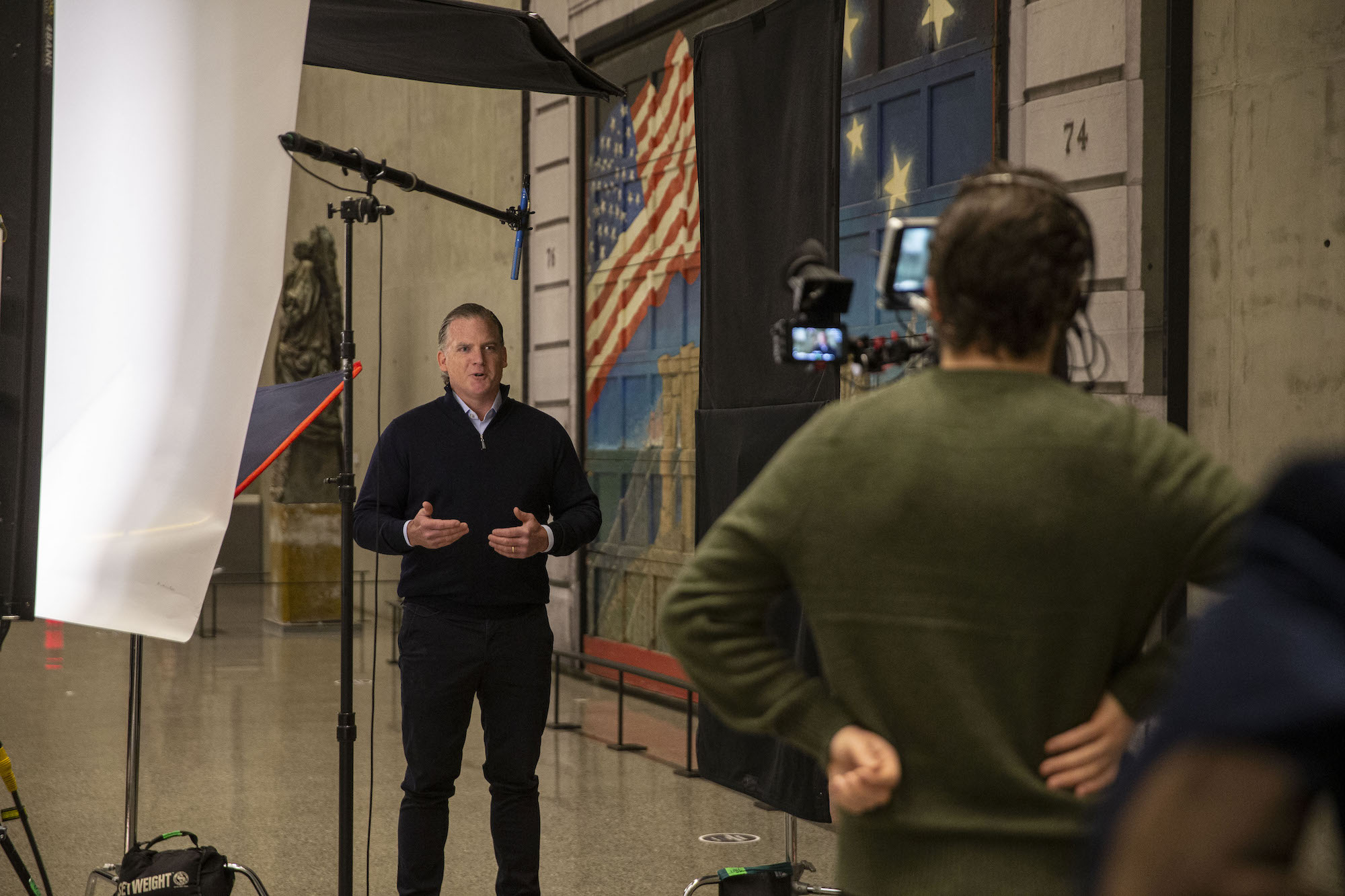
Anniversary in the Schools Webinar
This interactive program, offered every year on and around the 9/11 anniversary, connects participants with Museum staff and guest speakers to learn about the attacks and the importance of commemoration. Webinars from past years with additional stories can be viewed as well.
The Stories They Tell
In this video series, family members, survivors, first responders, and recovery workers discuss the 9/11 history they are helping to preserve through the material they have shared with the 9/11 Memorial Museum.
MEMO Blog
The official blog of the 9/11 Memorial & Museum features stories of commemoration and memorialization, inspirational moments of sacrifice and survival, and information on our programming, special events, and ways to get involved.

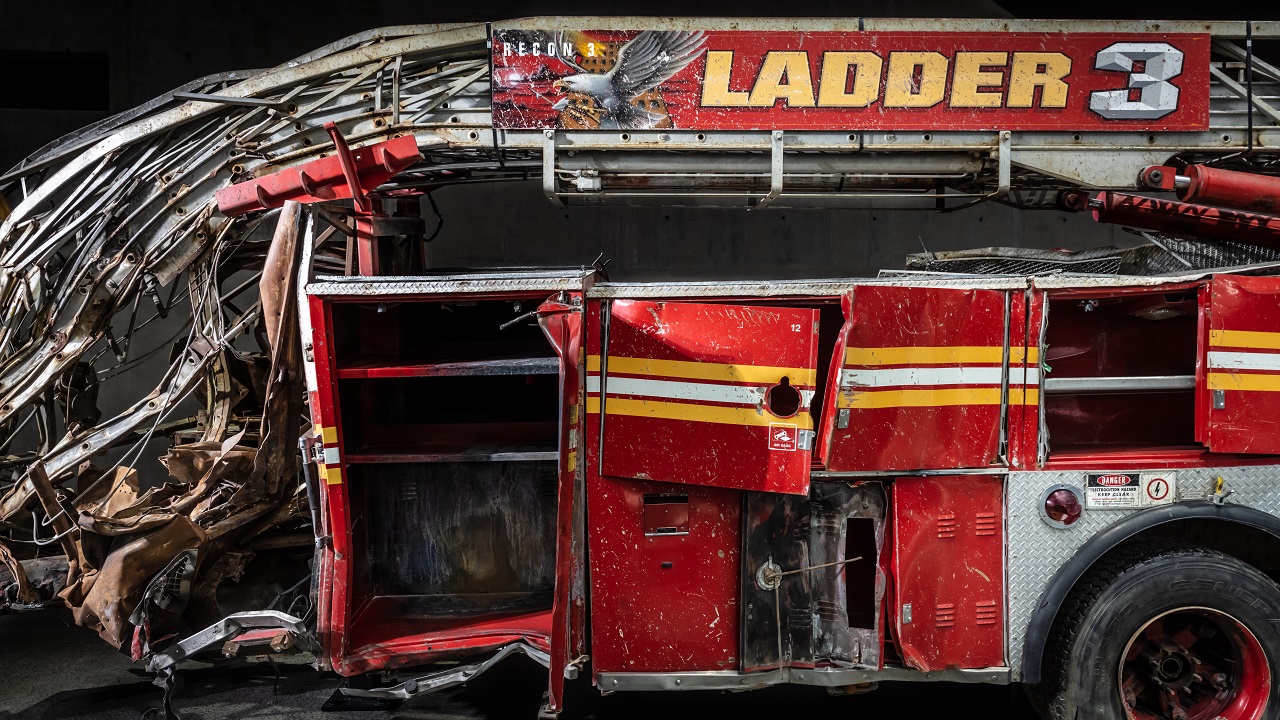
Inside the Collection
The collection houses more than 71,000 items, including three-dimensional objects, ephemera, textiles, artwork, and books and manuscripts. Explore examples of the Museum’s holdings including salvaged remnants of the World Trade Center buildings, personal effects and memorabilia, expressions of tribute and remembrance, and much more.
Lesson Plans
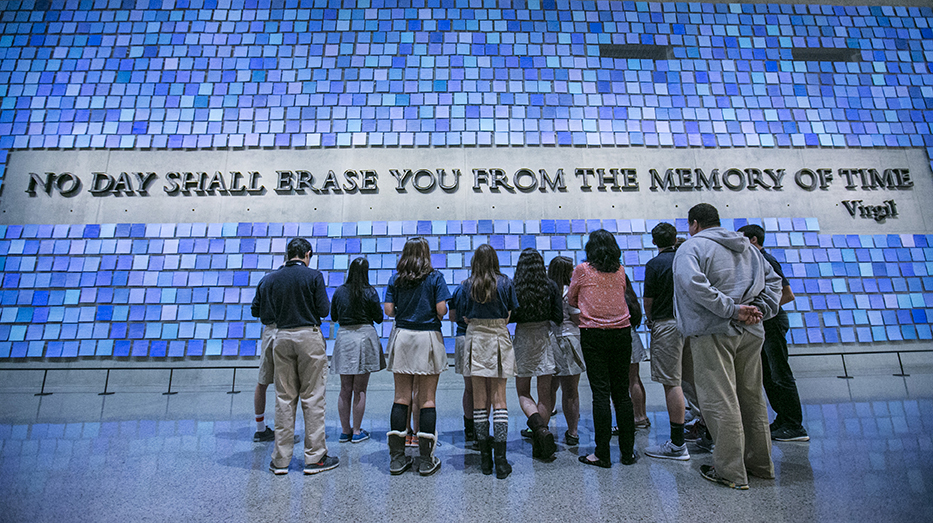
Explore a host of inquiry-based lesson plans for K to 12 students and their teachers.
Oral Histories
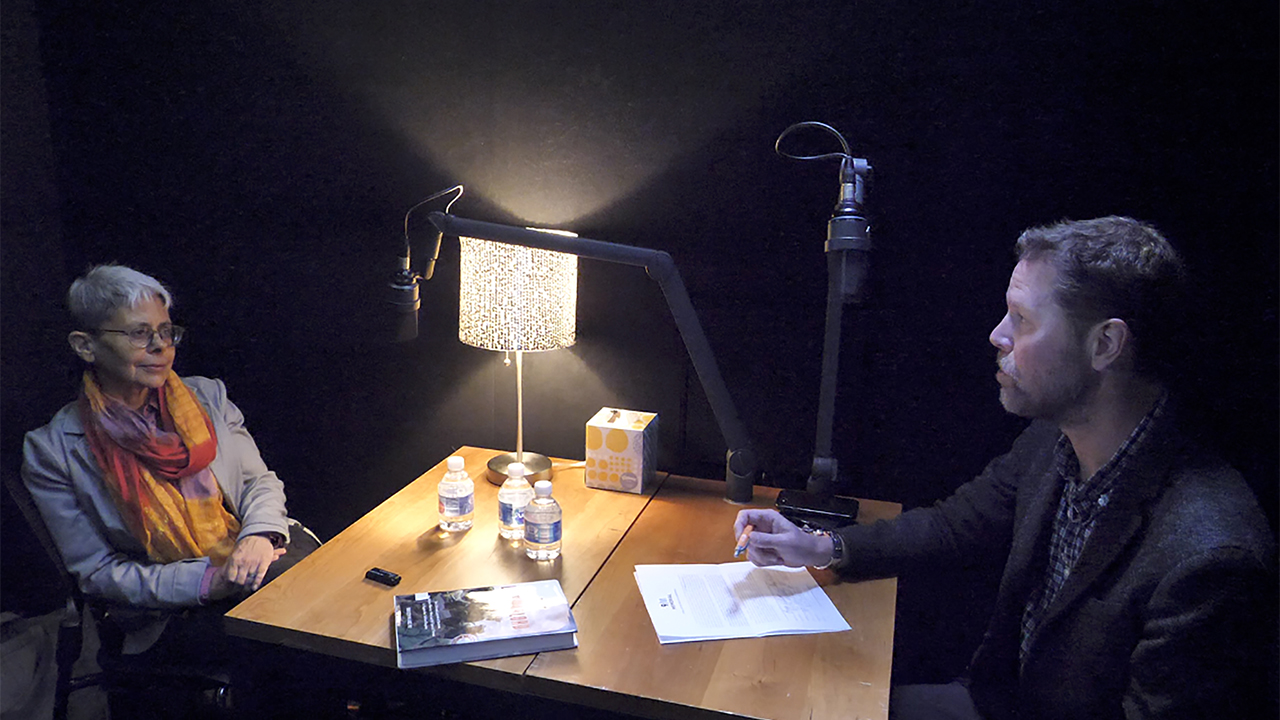
The oral history collection tells the story of 9/11 through recorded interviews.
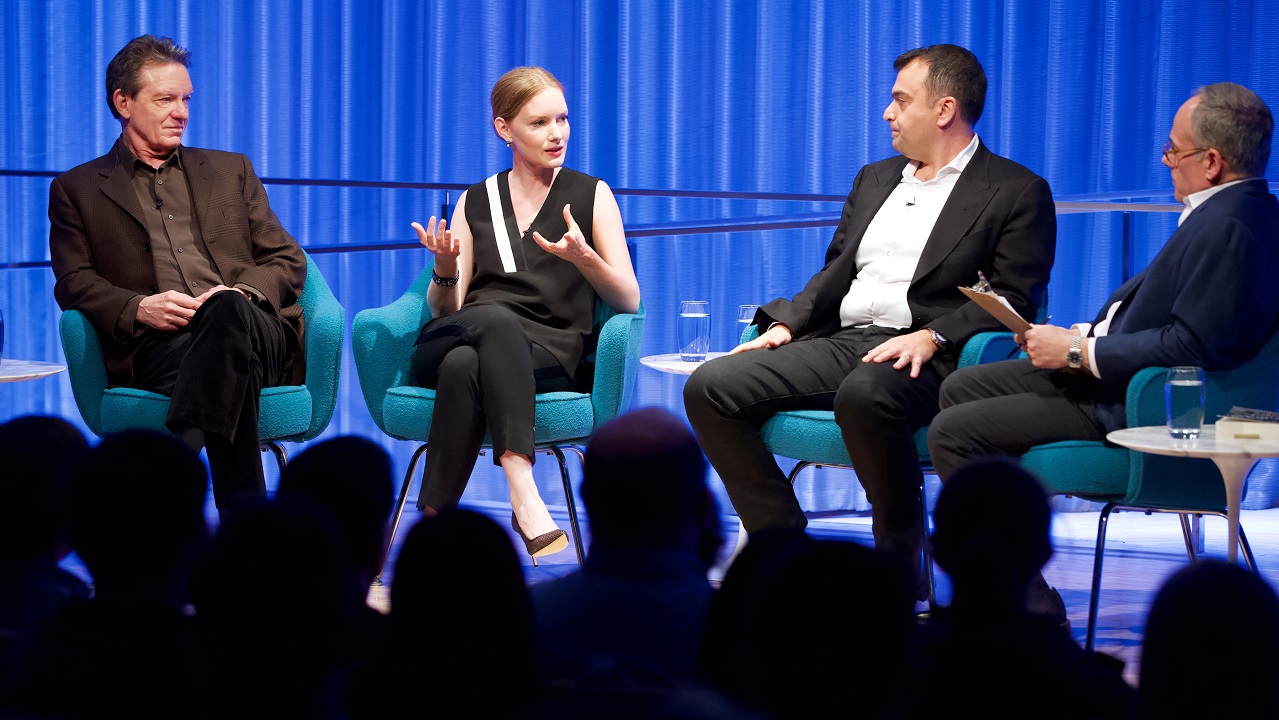
Public Programs Archive
You can explore past programs and learn more about the continuing impact of 9/11 on the world today with the 9/11 Memorial Museum’s archive of public programs.
Resources
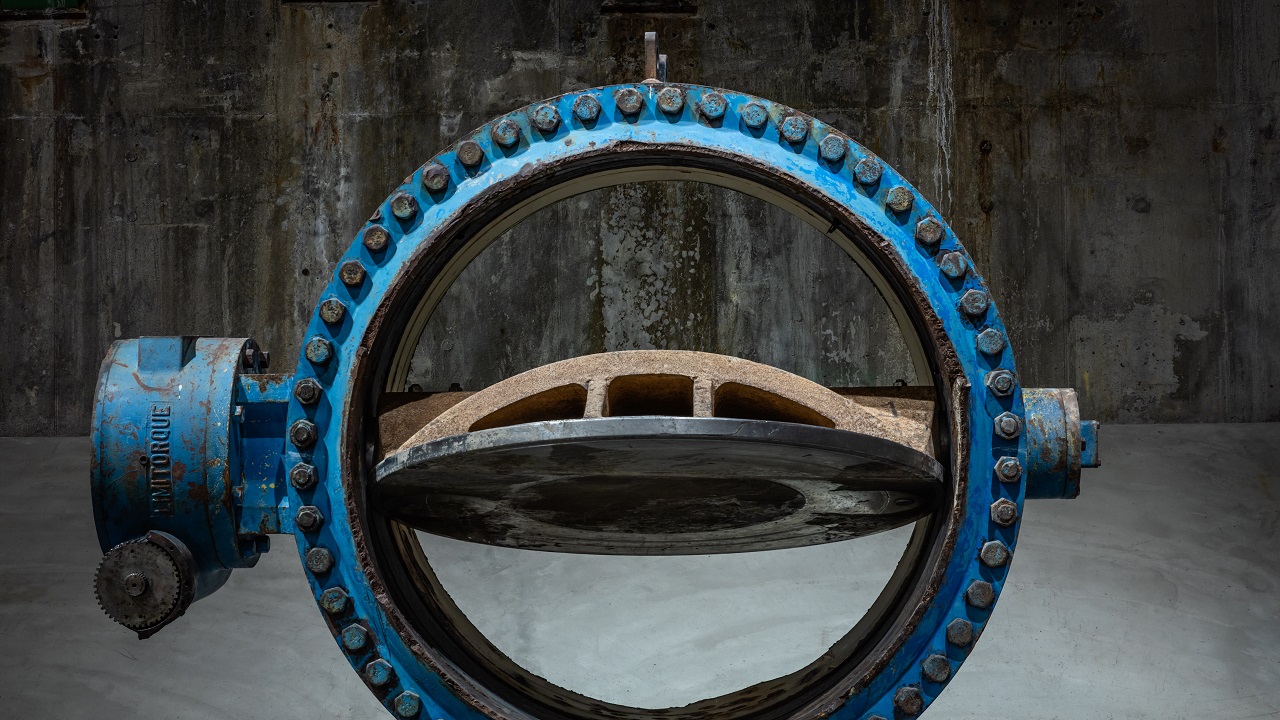
Access Museum resources including interactive timelines, oral histories, digital exhibitions, and 9/11 primary sources to learn more about the February 26, 1993 World Trade Center bombing, 9/11 and its aftermath.
Visit the Museum
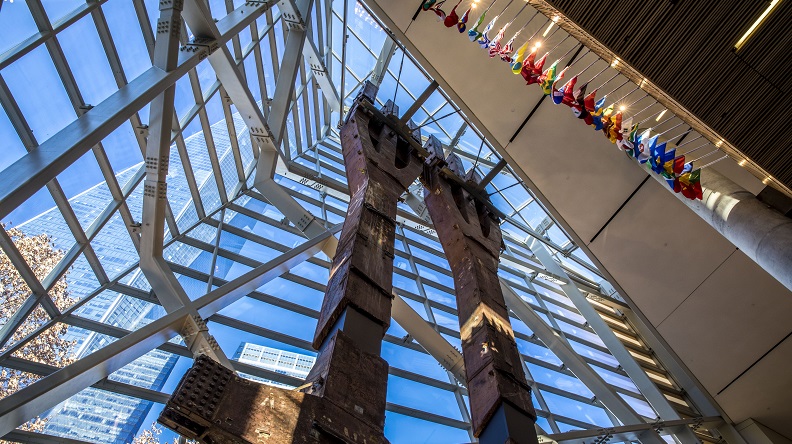
The Museum is now open five days a week with new health and safety measures in place and ongoing operational changes to ensure a safe Museum experience.